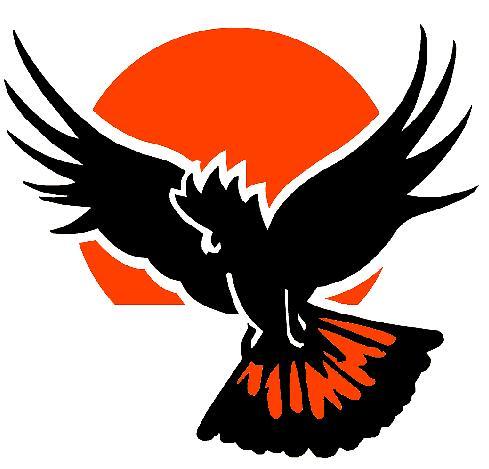Help our Red-tails
Fence off existing stands of Stringybark and Buloke and scattered paddock trees on your property, to protect from stock damage and to allow for natural regeneration.
Incentives for nests
Incentive payments are again being offered to landholders and members of the public for the discovery of new nests sites as part of the Red-tail Nest Incentive Scheme.
Join the count
Although we can’t guarantee you’ll see a Red-tail on the day, we’re sure you’ll enjoy a fun day out in the bush searching for our colourful cockatoos.
Welcome
Count results released
BirdLife Australia today released the results of the 2012 count of the endangered South-eastern Red-tailed Black-Cockatoo, saying it was the ‘best year’ since the count started.
A dedicated team of 160 volunteers (61 groups) set out on 5 May 2012 to search for the elusive South-eastern Red-tailed Black-Cockatoo in stringybark habitat across the species range, from Nelson to Natimuk in Victoria and Keith to Mt Gambier in South Australia. Covering more than 2600kms of stringybark forest across more than 60 sites, volunteers created history and found themselves a part of one of the most successful counts since they first started more than 16 years ago.
A total of 1468 birds were counted by volunteers on the day, which is the highest number of birds recorded since counting commenced in 1996. The previous best tally was 1404 birds in 2008.
Red-tailed Black-Cockatoo Recovery Project Coordinator, Bronwyn Perryman, said the results of this year’s count were ‘very encouraging’, especially given the low numbers of birds (<850 birds) counted in the three years previous. “The population appears to have remained relatively stable over the last 4 years, despite the low numbers of birds recorded since 2009. This year’s result confirms our suspicions about birds being missed in previous years, rather than the population suffering a population decline” said Mrs Perryman.
The success of 2012 count was believed to be the result of good weather conditions on the day, the accessibility of the birds, experienced counters, and phone-in sightings from landholders and members of the public that weren’t involved in the count, but observed birds on the day.
Pairs of birds and flocks ranging in size from 7 to 200 were observed on both private and public land, with the main hotspots in and around Edenhope, Dergholm, Powers Creek, Nangwarry, Harrow, Rennick and Wandilo. Similarly, as in 2008, many of the larger flocks were recorded coming into drink at farm troughs and dams, making for accurate counting.
More importantly, over 60% of the birds counted were recorded within a 30km radius of Edenhope. This is likely to be attributed to the heavy seed crop and recent fruiting of the Desert Stringybark in the area, and the good seed crop observed in the Buloke this year.
Red-tails feed almost exclusively on Desert and Brown Stringybark, and seasonally on Buloke. Buloke fruiting can be highly variable from year to year, but in the event of a good seeding year (as observed this year) hundreds of Red-tails will flock to the northern parts of the range to exploit this food resource. This highlights the importance of protecting and restoring both stringybark and buloke feeding habitat.
Over the next few weeks, information gained through the annual count will assist BirdLife Australia staff to undertake all-important flock counts, which provide an indication of last year’s breeding success, and give an overall snapshot of how the population is faring. Preliminary results of these counts, so far, indicate good numbers of juveniles, which corresponds with the many young birds observed by volunteers on count day.
Apart from helping with research efforts, the count promotes awareness of the conservation needs of this local flagship species and provide a great activity, enjoyed by young and old. This year there was a fantastic turnout at the annual Bailey’s Rock Dinner and Campout with 25-30 volunteers attending the night. “There was a real buzz of excitement as each person arrived with more and more birds to add to the tally” said Mrs Perryman. “We would like to thank all involved and acknowledge that without our volunteers help and support this event would not be possible.”
Redtail News
-
BirdLife Australia and the Recovery Team are once again looking for volunteers to assist with the 2024 annual count for the nationally endangered South-eastern Red-tailed Black-Cockatoo.
This year the count will be held on Saturday 4 May across the cockatoo’s range in the South East of South Australia and South-west Victoria.
More%20edit.jpg)
-
Feb 14, 2014
Latest Video
.png)







